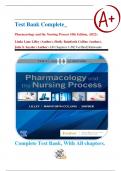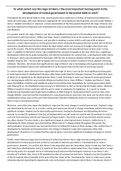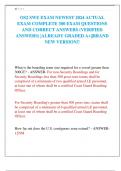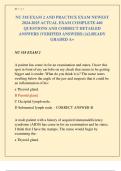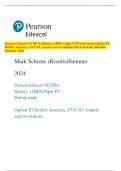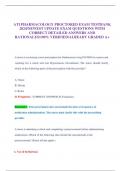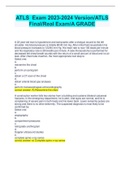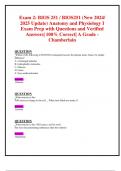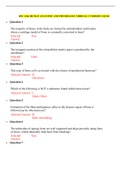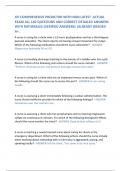Exam (elaborations)
Test Bank Complete; Pharmacology and the Nursing Process 10th Edition, (2022) Lilley, Rainforth Collins & Snyder. All Chapters 1-58| Verified| Rationale
Test Bank Complete; Pharmacology and the Nursing Process 10th Edition, (2022) Lilley, Rainforth Collins & Snyder. All Chapters 1-58| Verified| Rationale TABLE OF CONTENTS PART 1: PHARMACOLOGY BASICS 5 Chapter 01: The Nursing Process And Drug Therapy 5 Chapter 02: Pharmacologic Principles 11 ...
[Show more]
